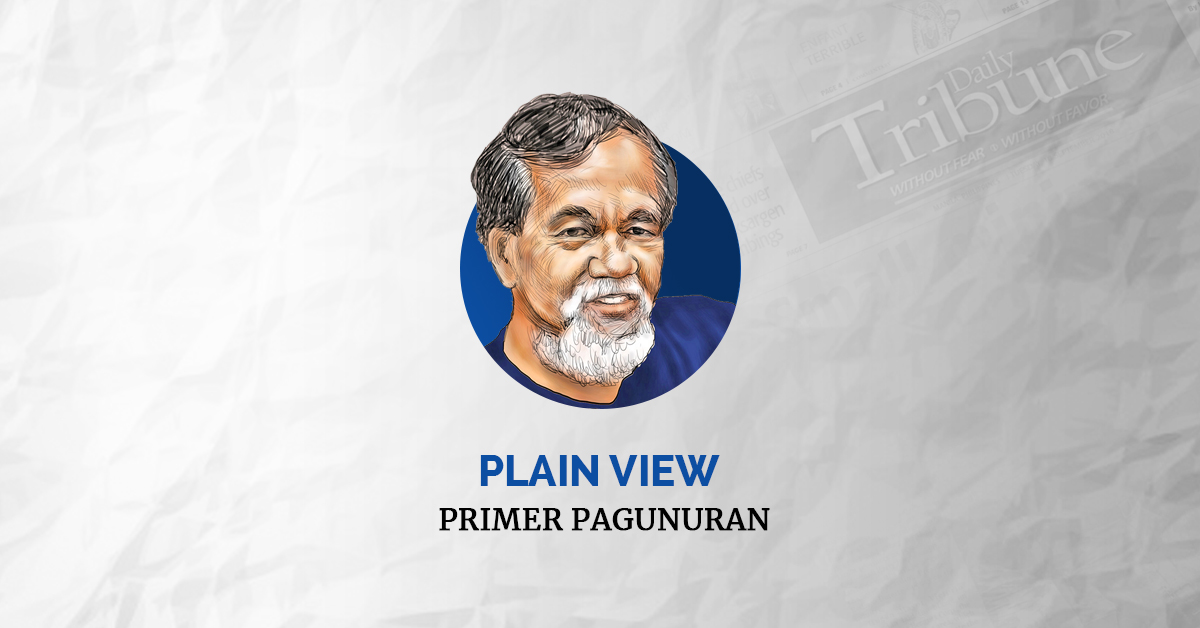It’s fast becoming the currency in this Marcos administration for any bureau or department in the government bureaucracy to initiate multi-billion-peso infrastructure projects by all known modalities. Even the linguistic buzzwords are the same — “development and modernization” — however the institutional approach toward that objective appears to “follow the money.”
For example, to rehabilitate the Ninoy Aquino International Airport under the Department of Transportation alone would require a P170-billion “public-private partnership” package through a solicited proposal. For another, the Bureau of Corrections tossed around a price tag of P205 billion (quickly P28 billion higher than last March’s announcement of P177 billion) for new prison facilities, living quarters for BuCor personnel, and the rehabilitation of five of the seven prisons and penal farms.
The bureaucratic narrative sounds lofty and noble, viz.: To boost tourism as a major driver of the Philippine economy by rehabilitating NAIA and to address the congestion of persons deprived of liberty coupled with living quarters for bureau employees. The prison chief plans to transform the New Bilibid Prison into a government center and lease portions of it to generate ₱400 billion over the long term.
While these infrastructure projects are truly laudable, it is as if the government has a deep reservoir of financial resources at its disposal. What about the other PPPs in the pipeline that siphon off awesome amounts of money from state coffers on right-of-way-acquisition issues, aggravated by valuation problems that lead to lengthy expropriation proceedings in the courts. Have our rabid presidential appointees lost sight of this major bottleneck in government infrastructure projects?
How far will the BBM mantra go in terms of the “Build, Better, More” infrastructure program? Indeed, how much was really accomplished by the Department of Public Works and Highways as far as interconnecting roads to airports, seaports and railways is concerned, or more highways and expressways going in and out of Metro Manila? We just can’t believe all that we hear, can we?
When will the National Economic and Development Authority roll out P15 trillion across 3,700 infrastructure projects and over the medium term at that? To be sure, the signing of the Maharlika Investment Fund simply belies the chief economist’s earlier statement of “massive infusion of capital” from the private sector to finance government infrastructure projects.
In another vein, the same economist had this to say, viz.: “Tapping private capital is the way to go partly because the government has no money. We have limited resources and a lot of policy responses to the pandemic have raised the level of debt.”
In fact, he himself said that we do not have a good history of sustained economic development.
So, how indeed can the government even achieve a 5-6 percent gross domestic product growth annually from infrastructure if, on the other side of the equation, the government carries an outstanding debt of P13.42 trillion, representing 60.9 percent of GDP, at the end of 2022?
After FM Jr.’s term, it is worth watching what infrastructure projects were erected in both the national and local development landscapes. How could NEDA implement these projects anywhere near the 3,000 mark challenges basic logic.
If there is a “lighthouse in economics” which traces the earliest history of private initiative in public facilities, then we might “label” (for lack of a better term) the chief economist’s growth forecast as “eclectic,” at best. How indeed can we address whatever infrastructure deficit (i.e. infrastructure backlogs) we may have, unless and until we have first addressed our burgeoning fiscal deficit?
All that the government is good at in terms of PPP is largely focused on transport and they call them “big-ticket projects.”
The increasing number of toll expressways is proof that government totally abandoned the notion that roads are supposed to be a public good — non-excludable and non-rival. With toll fees becoming prohibitive due to periodic toll rate adjustments by rapacious private project concessionaires, we have done the motoring public a great disservice rather than a favor.
